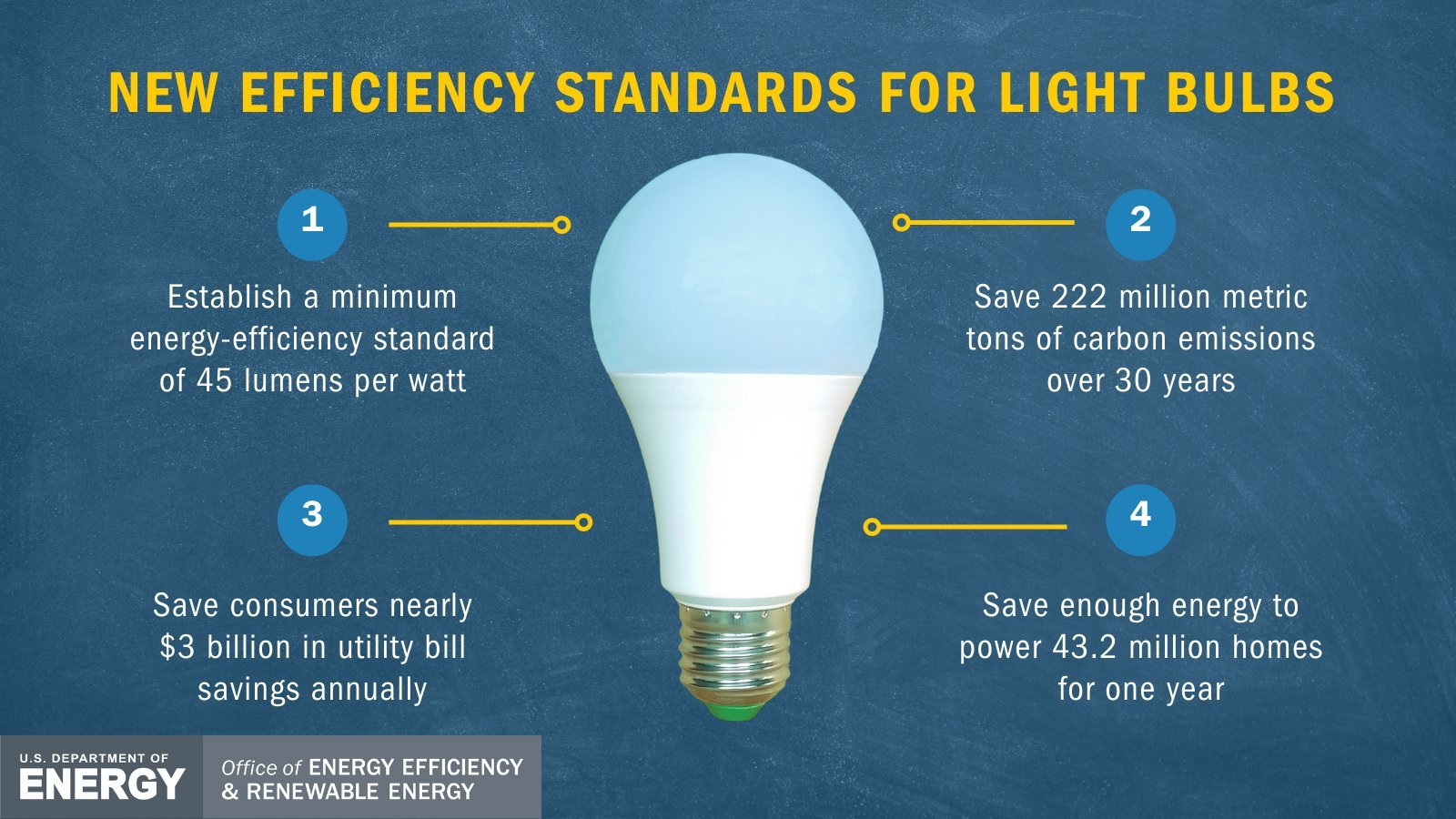Let’s talk about the education system in Texas. This might seem a bit specific but the fact is, what happens in Texas, does NOT stay in texas. Many societal trends that take place first in Texas find their way into many other states rather quickly. While this sums up so many things we are currently dealing with, let’s focus on the impact of the oil and gas industry on the curriculum of Texas elementary and high school students.
Now, why would the oil and gas industry care about what kids are learning in school? The same reason advertisers dedicate whole departments to targeting kids. The younger you lock in a group of people as supporters, the better for the longevity of your product. In this case, we are talking about the education of future voters and even political participants. It is in the best interest of oil and gas to ensure that they are viewed favorably by the next generation to maintain their foothold in the energy world. Particularly as the amount of bad press coverage due to increasingly obvious climate change caused disasters, rises.
How do they even have the ability to inform curriculum though? Simple. In places like Texas where the oil and gas industry contributes heavily to education funding, their people sit on the boards. They make up committees and provide consultants who propose changes and modifications to the textbook language. They “recommend” the best way to introduce oil and gas based energy and make a blatant effort to downplay the role of big oil in contributing to climate change. They tie funding to an adherence to their recommendations and expect to be taken seriously when it comes to the language used in textbooks as they are a main source of funding for the creation of those textbooks.
You might say, ok, but that’s just Texas. Why do I care what they print? It sounds like those textbooks may just reflect what the Texan population already believes about climate change. First, even if that were true, the continuation of detrimental concepts and beliefs being perpetuated through the public school education system in the largest state in the US is always going to be a concern for us all. Texas has around 40 electoral votes meaning Texas, by itself can provide almost 15% of the votes needed to elect a president. What Texans do and think will impact the rest of us. Secondly, Texas is one of the largest producers of textbooks in the country! Meaning, what they put into those books might be exactly what your 5th grader gets in their classroom in Vermont.
Bottom line? Be vigilant. There are programs around the country that promote the idea that oil and gas either aren’t really contributing all that much to climate change or even that climate change “isn't so bad.” It doesn’t take a psychology degree to imagine the impact teachers parroting big oil might have on the next generation of Americans. Big oil has certainly run the numbers and decided it is worth the millions of dollars invested in industry-shaped education.
Resources:
Subverting Climate Science in the Classroom - Scientific American
The ABCs of Big Oil: Why the Fossil Fuel Industry Infiltrated Schools



























